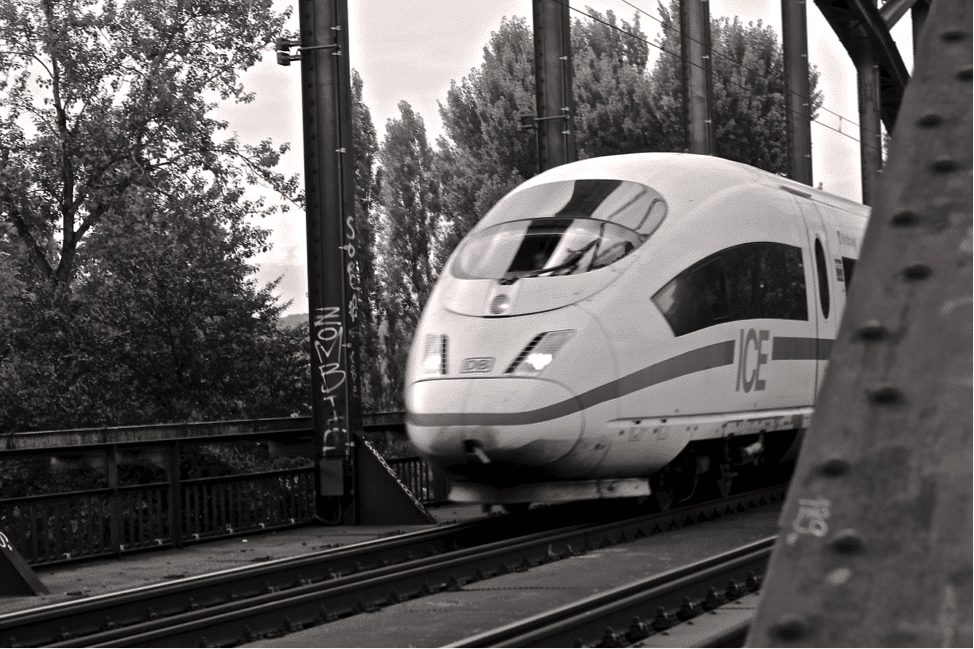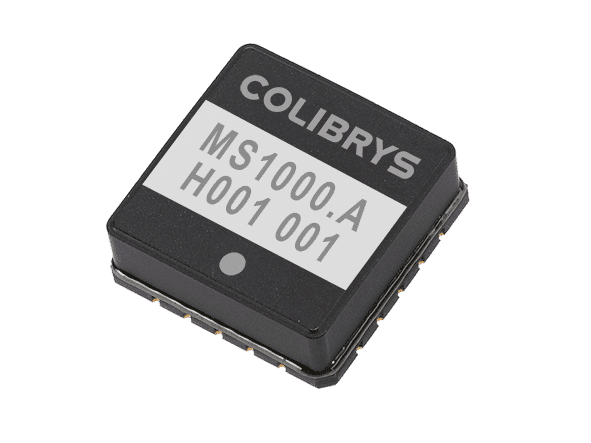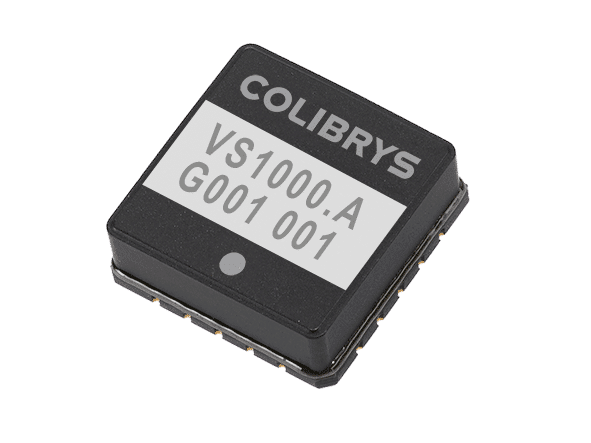Safran MEMS Accelerometers Ensuring Safer Railways
Understanding the Science and Technology Behind Railway Safety
Railways have been an essential mode of transportation for centuries, allowing for efficient and swift movement of people and goods. Over time, technology has played a crucial role in enhancing safety, reliability, and efficiency of railway systems. One such groundbreaking technology is the use of accelerometers in ensuring safer railways. This article will delve into the role these accelerometers play, their importance in railway safety, and how they continue to reshape modern transportation.
The Science Behind MEMSMicroElectroMechanical System. See also Accelerometers
MEMS accelerometers are electromechanical devices that measure acceleration forces, such as those caused by movement or vibrations. In the context of railways, accelerometers are used to monitor various aspects of train operation, including speed, vibration, and tilt. By providing real-time data on these parameters, accelerometers enable railway operators to detect and address potential safety hazards, ensuring a smoother and safer journey for passengers and cargo.
Safran Sensing Technologies Switzerland, specializing in high-performance MEMS (Micro-Electro-Mechanical Systems) sensors, has emerged as a leader in the development of cutting-edge accelerometers for railway applications. Their accelerometers and inclinometers are designed to withstand harsh environments, temperature fluctuations, and electromagnetic interference, making them ideal for use in railway systems.
The Role of Safran’s Accelerometers in Railway Safety
- Vibration Monitoring and Analysis
One of the primary uses of Safran’s accelerometers in railway safety is vibration monitoring and analysis. Trains generate vibrations as they travel along the tracks, and excessive vibration can lead to several problems, such as track and wheel wear, structural damage to bridges and tunnels, and passenger discomfort. By monitoring vibrations, Safran’s accelerometers like the VS1000 ensure accurate vibration readings for high speed trains’ ride comfort systems and provide valuable data that enables railway operators to identify and resolve issues before they escalate, enhancing overall safety and efficiency.
- Speed and Tilt Control
Another crucial application of Safran’s accelerometers in railway safety is speed and tilt control. As trains traverse curves and gradients, it is essential to maintain an appropriate speed and tilt to ensure passenger comfort and prevent derailments. Accelerometers accurately measure these parameters, allowing for precise control of train speed and tilt, thereby reducing the risk of accidents and enhancing passenger experience. Safran’s MS1000 accelerometer in +/- 2g range integrated into the sensor block of train tilting system, will ensure very accurate and reliable tilt angle readings. Its long term bias repeatability performance (0.24 mg for +/2 g, typ) will ensure a tilt system long lifecycle without recalibration.
- Track Condition Monitoring
Railway tracks are subject to wear and tear over time, which can result in misalignments, rail breaks, or other defects. Safran’s accelerometers can be used to monitor track conditions by detecting changes in vibration patterns as trains pass over them. This data enables railway operators to identify and address track defects proactively, ensuring the safety of passengers and cargo and reducing the likelihood of derailments.
- Structural Health Monitoring
Bridges, tunnels, and other railway structures must be monitored regularly to ensure their integrity and safety. Safran’s accelerometers can be integrated into structural health monitoring systems, enabling operators to detect and analyze vibrations and deformations in these structures. This information can then be used to identify potential issues, schedule maintenance, and implement necessary repairs, ultimately preventing accidents and ensuring safer railways.
- Preventive Maintenance and Asset Management
In addition to improving safety, Safran’s accelerometers also play a significant role in preventive maintenance and asset management. By providing real-time data on various aspects of train operation, these sensors allow railway operators to detect signs of wear and tear, schedule maintenance, and optimize the use of resources. This proactive approach to maintenance reduces downtime, minimizes costs, and ensures the long-term reliability of railway systems.
The Future of Railway Safety with Safran’s Accelerometers
As technology continues to advance, Safran is consistently improving its accelerometers, enabling even greater precision, reliability, and durability for railway applications. Here are some ways in which Safran’s accelerometers may further revolutionize railway safety in the future:
- Integration with IoT and AI Technologies
The integration of Safran’s accelerometers with Internet of Things (IoT) and Artificial Intelligence (AI) technologies has the potential to greatly enhance railway safety. IoT devices can facilitate real-time data collection and communication between various railway components, while AI algorithms can analyze this data to make predictive and proactive decisions. This combination can result in a smarter, more efficient railway system that can better anticipate and address safety concerns.
- Enhanced Collision Avoidance Systems
As railway networks become increasingly interconnected and high-speed trains become more prevalent, the need for advanced collision avoidance systems is essential. Safran’s accelerometers can be integrated into these systems, providing accurate data on train speed, location, and movement. This information can help prevent collisions by enabling trains to automatically adjust their speed or change tracks when necessary, significantly enhancing safety.
- Advanced Emergency Braking Systems
In case of emergency situations, such as an obstacle on the tracks or a signal malfunction, trains must be able to stop quickly and safely. Safran’s accelerometers can be integrated into advanced emergency braking systems, providing real-time data on train speed, deceleration, and tilt. This information can enable precise and rapid braking in emergency situations, helping to prevent accidents and save lives.
- Improved Ride Quality and Passenger Comfort
By providing accurate data on train movement and vibrations, Safran’s accelerometers can also contribute to improved ride quality and passenger comfort. Advanced suspension systems can utilize this data to dynamically adjust train ride characteristics, ensuring a smoother and more enjoyable journey for passengers.
Conclusion
Safran’s accelerometers have already made significant strides in enhancing railway safety by providing real-time data on train speed, vibration, tilt, and track conditions. Their applications in vibration monitoring, speed and tilt control, track condition monitoring, structural health monitoring, and preventive maintenance have proved invaluable in creating safer and more efficient railway systems.
As technology continues to evolve, Safran’s accelerometers are poised to play an even greater role in railway safety, integrating with IoT and AI technologies, enhancing collision avoidance systems, and improving emergency braking capabilities. By investing in these advanced technologies, railway operators can continue to provide safer and more reliable transportation for passengers and cargo, ensuring that railways remain a vital mode of transport for generations to come.




